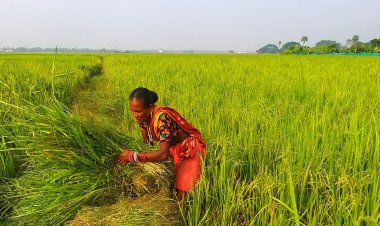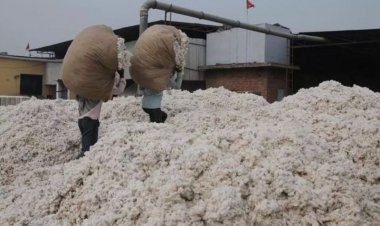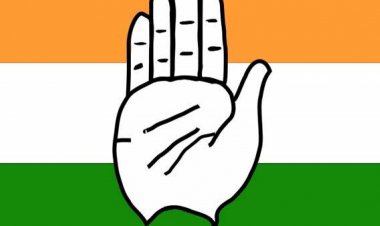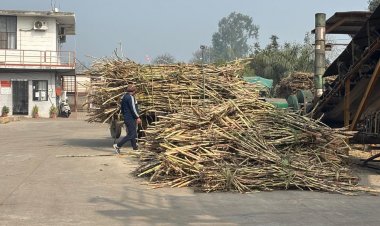Lumpy Skin Disease takes its toll on cattle health and farmers’ economic condition
Sudden deaths amongst cattle and a sudden fall in milk production have caused a near-panic situation for most of the departments of veterinary sciences and animal husbandry. Already some feel that it may cause a serious fall in milk production, particularly in northwestern India, where it has spread wider than in other parts.
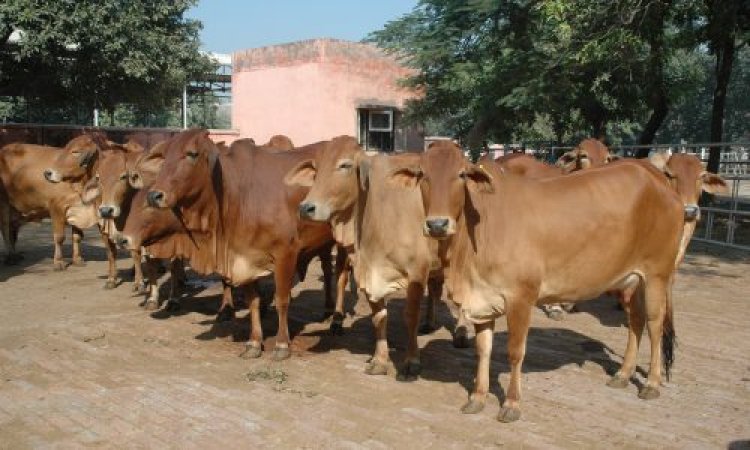
Lumpy Skin Disease (LSD) has created a serious concern amongst milk producers because it is a new disease for most of them. In fact, most of the veterinarians in the affected states have been caught off guard and were not aware of the disease, its etiology, its symptoms or its cure. Sudden deaths amongst cattle and a sudden fall in milk production have caused a near-panic situation for most of the departments of veterinary sciences and animal husbandry. Already some feel that it may cause a serious fall in milk production, particularly in northwestern India, where it has spread wider than in other parts.
The disease has been endemic in most African countries, and since 2012 it has spread rapidly through the Middle East, Southeast Europe and West and Central Asia. Since 2019, several outbreaks of LSD have been reported in Asia.
According to a report by the Global Alliance for Vaccines and Immunization (Gavi), LSD is caused by a virus called the Capripoxvirus and is “an emerging threat to livestock worldwide”. It is genetically related to the goat pox and sheep pox virus.
LSD and its symptoms
LSD infects cattle and water buffalo mainly through vectors such as blood-feeding insects. Signs of infection include the appearance of circular, firm nodes on the animal's hide or skin that look similar to lumps. Infected animals immediately start losing weight and may have fever and lesions in the mouth, along with a reduced milk yield. Other symptoms include excessive nasal and salivary secretion
Pregnant cows and buffaloes often suffer miscarriage and, in some cases, diseased animals die.
LSD spread in India
LSD was first detected in India in the state of Odisha in 2019. The National Research Centre on Equines (NRCE), an Institute of the Indian Council of Agricultural Research (ICAR) and located at Hisar, isolated the virus in 2019 itself and proceeded successfully in developing a live-attenuated vaccine against LSD.
Since the beginning of August, the spread of LSD has been reported in the Northern and Western states of Gujarat, Rajasthan, Haryana, Punjab and Uttar Pradesh. It is reported that during the first week of August, LSD has spread across 25,000 bovines in Rajasthan. The cattle-rearers in the state have suffered heavy losses and the disease has resulted in the death of more than 1,200 animals. The state government immediately set up control rooms in Jaipur as well as the affected districts for continuous monitoring of the spread of infections. Many teams of veterinarians were mobilized to provide treatment promptly and arrangements were made for the supply of essential medicines. The veterinarians suggested to the dairy farmers to isolate the infected animals so as to control the further spread of infection.
The infection, which was initially reported from the border districts of Jaisalmer and Barmer, has since spread to districts like Jodhpur, Jalore, Sirohi, Nagaur and Bikaner. The disease has mainly affected indigenous cows and spread rapidly among the bovines having low immunity. The highest impact of the disease has been reported from the Jodhpur division. About 1 per cent to 1.5 per cent of the infected bovines have died because of their weakness and low immunity.
The situation in Gujarat is no better. The outbreak ravaged the Kutch district, where more than 5,000 cows, calves and bullocks have died in the last one month. Many cattle farmers have suffered massive economic losses due to the deaths of their animals. While the government moved in to contain the spread of the disease, the major problem was the shortage of trained veterinarians. In Kutch, there are over 900 villages but only 14 veterinarians across the district.
As per the details shared by the Gujarat government, 1,431 cattle died in Gujarat due to LSD, with the disease spreading to 20 districts of the State during August. But the other sources believe the number of deaths could be much higher. as the disease has spread to even remote villages and settlements.
According to the central Department of Animal Husbandry, Dairy & Fisheries (DAHD), by August first week, the LSD has spread across six states. As of August 8, Rajasthan has reported 2,111 deaths of cattle, followed by Gujarat at 1,679, Punjab at 672, Himachal Pradesh at 38, Andaman and Nicobar at 29 and Uttarakhand at 26.
LSD Treatment & Control
According to the World Organization for Animal Health (WOAH), mortality rates of 1 to 5 per cent are considered usual. The disease is not zoonotic, meaning it does not spread from animals to humans, and humans cannot get infected with it. WOAH has, however, cautioned that the milk produced by an infected animal should be taken after boiling or pasteurization as these processes will kill the viruses.
Suggested actions to control and prevent the disease include:
- Sanitize cattle sheds with insecticides and chemicals to kill vectors.
- Isolate the infected cattle immediately from the healthy stock.
- Contact the nearest veterinarian for the treatment of the infected animal.
- Report the outbreak to the state government.
- Vaccinate the healthy animals with LSD pox vaccine or using goat pox vaccine.
- Dispose of the carcasses with care or they can cause health and sanitation issues. The carcasses should be incinerated.
LSD Vaccine
The DAHD on 10 August 2022 released the indigenous vaccine for LSD — “Lumpi-ProVac”. The vaccine was developed by the ICAR-National Research Centre on Equines (ICAR-NRCE), Hisar (Haryana), in collaboration with the ICAR-Indian Veterinary Research Institute (IVRI), Izzatnagar, Uttar Pradesh. The Government is planning to produce the “Lumpi-ProVac” on a commercial scale to control the spread of the disease.
(The author is an international dairy consultant.)



 Join the RuralVoice whatsapp group
Join the RuralVoice whatsapp group





























